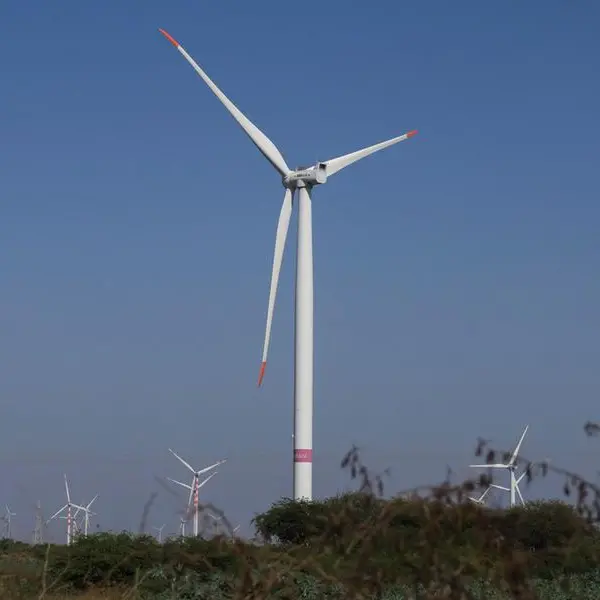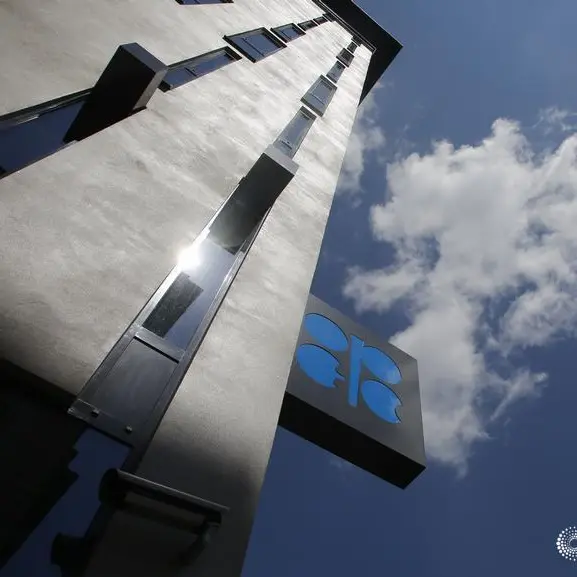PHOTO
FILE PHOTO: A worker at Bremen Castings, preparing to pour molten iron on the edge of the foundry's production line in Bremen, Indiana, U.S. June 16, 2016. To match Special Report USA-ELECTION/JOBS REUTERS/Tim Aeppel/File Photo
LONDON - Whatever 2025 holds for world markets, talk of an end to business cycle investing eerily reflects past periods of hubris and makes all the persistent bullishness seem slightly reckless.
The years since 2020 have been extraordinary, with pandemic-distorted supply and demand patterns that are still playing out. Serial geopolitical shocks and mega trends in technology and green energy have followed.
Amidst all that, inflation in Western economies recorded its biggest spike in 40 years, and central banks scrambled to snuff it out with the most brutal credit tightening in decades.
But setting aside the deep but brief pandemic-induced economic contraction in early 2020, the United States has managed to avoid a recession. And few if any forecasters see one unfolding next year.
For BlackRock, the world's biggest asset manager, it is simply different this time.
"We've argued since 2020 that we are not in a business cycle," it said in its 2025 outlook. "Historical trends are being permanently broken in real time as mega forces, like the rise of artificial intelligence, transform economies."
Ignoring the business cycle is a big call and certainly a brave one at this stage.
Yet looking at the United States over the past few years, it's hard to argue against it.
Previously near foolproof bellwethers of cyclical downturns, such as the inverted yield curve or the 'Sahm Rule' on when rising joblessness presages a downturn - have flashed bright red, but to no avail.
U.S. real GDP has expanded continuously since a one-quarter contraction in the first three months of 2022 and as 2024 comes to a close, growth rates are still well above trend at more than 3%.
If anything, that looks set to be underscored by both lower interest rates and tax cuts next year.
Even the most dogged bears on Wall Street have thrown in the towel, seemingly assured that the services-dominated U.S. economy can sail on unfettered. Most of the big brokers expect further punchy gains for Wall Street stocks in 2025.
The already expensive S&P 500, still led mostly by a narrow group of mega-cap tech giants, is set to record its second consecutive year of 25%-plus gains for the first time since 1998.
RESONATING MILESTONES
All the same, comparisons to the late 1990s should ring some alarm bells.
The final years on the last century were certainly different to today but there are also uncanny parallels with the present, including mounting euphoria about a U.S.-dominated technology, a turbulent world economy and seemingly Teflon U.S. growth.
The end of the Cold War had given rise to many hubristic books, most famously Francis Fukuyama's bestseller "The End of History and the Last Man" on the durable triumph of liberal democracy.
By the end of the decade, the internet bubble gave vent to endless talk about business cycle being transcended in the face of transformative technology and U.S. exceptionalism.
What's more, there were also a few hesitant Federal Reserve interest rate cuts that kept the expansion going before eventually being reversed as the economy dodged turbulence abroad and the domestic bubble grew bigger.
The upshot? A tech-led bubble burst in 2000, ushering in three years of consecutive S&P 500 losses - the longest series of annual downturns since World War Two. It took seven years to recover the peaks of 2000, just before the banking crash hit.
To be sure, anyone who stuck with durable tech names that survived the dot.com bust made a fortune over the past 20 years.
But the business and investment cycle was far from ended.
TEFLON ECONOMY
So what could go wrong now?
Even if there is a cogent argument for continued U.S. economic and market outperformance next year, it's hard to see how America remains entirely insulated if there is significant economic weakness overseas.
Asset managers’ 2025 outlooks all dwell heavily on the uncertainties surrounding the incoming administration of U.S. president-elect Donald Trump. And they all acknowledge that some type of trade war is in the offing, with China, Europe and even U.S. neighbours Canada and Mexico all in the crosshairs.
A global economic hit from tit-for-tat tariff salvos and investment curbs could come back to haunt the United States if it stymies world demand or lifts U.S. prices, causing the Fed to halt or reverse its policy easing.
BlackRock's view, for the record, is that the U.S. and global economies may well experience bouts of turbulence in the coming year.
But their conclusion is that such moves would only impact tactical trades and that major investment decisions should stay focused on multi-year big themes, such as artificial intelligence and green energy.
But even if the United States can remain an 'oasis of prosperity', in the words of another famed phrase from the late 1990s, financial distortions could eventually sow the seeds of an eventual fall.
Monetary easing around the world has already accelerated, potentially in response to trade fears. This is buoying the dollar and holding down U.S. Treasury yields too as investors rotate into what's now become a high-yielding "safe asset".
Some argue that inappropriately low U.S. long-term borrowing rates could, by themselves, catalyse a downfall by overheating the economy and further inflating asset bubbles.
That scenario suggests that any downturn likely wouldn’t come next year.
But the rumoured death of the business cycle may yet prove to be greatly exaggerated.
The opinions expressed here are those of the author, a columnist for Reuters.
(by Mike Dolan X: @reutersMikeD; Editing by Sam Holmes)





















